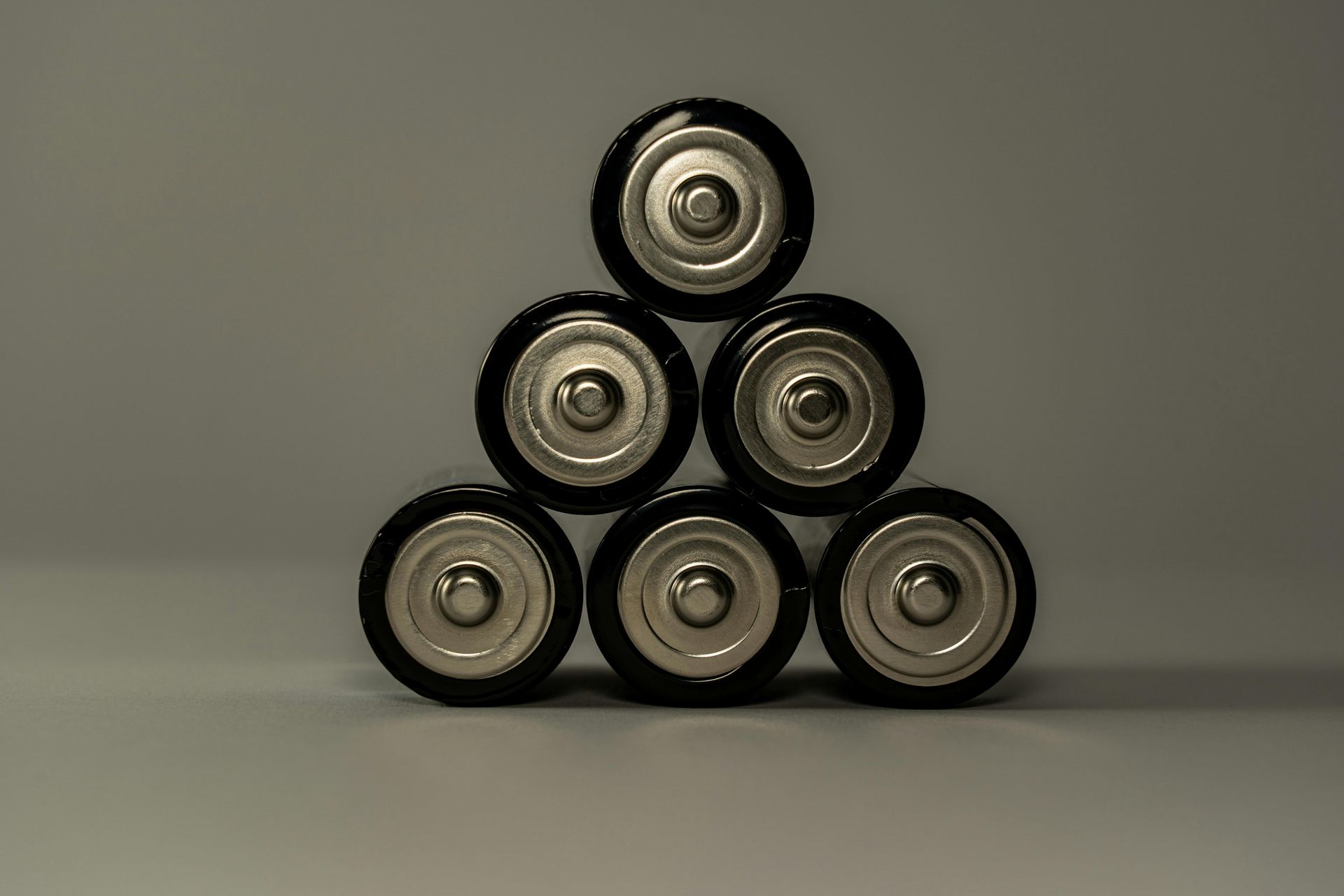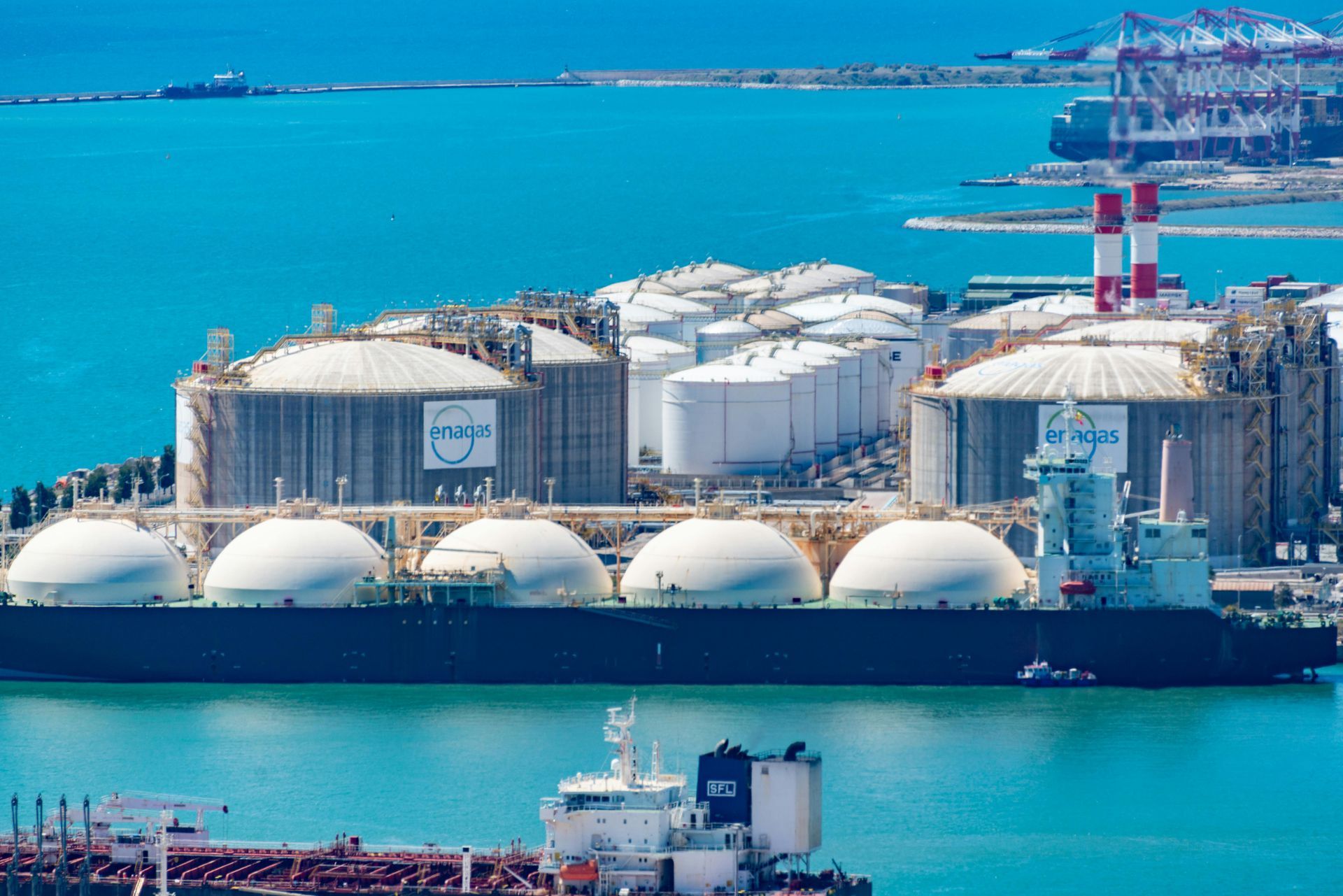Simulating the Fourth State of Matter to Harness Fusion
As you gaze into the night sky, stars look like tiny, glowing pinpricks shining through the dark. But inside those stars, reactions occur that produce staggering amounts of energy. All stars – including our sun – produce energy through a powerful reaction called fusion. Here on Earth, scientists supported by the Department of Energy (DOE) are working to harness this reaction for energy production. If we could produce energy from fusion, it would provide a reliable source of power that neither creates greenhouse gases nor long-lived radioactive waste.
Fusion occurs when two nuclei combine to create a new nucleus. The new nucleus is heavier than either of the original nuclei, but lighter than their mass combined. That difference in mass becomes energy – a lot of energy.
To produce fusion reactions on Earth, we need to create and maintain a plasma hot enough for this reaction to occur. Called the “fourth state of matter,” plasma forms when a gas gets so hot that the electrons separate from the nuclei of an atom. Plasma is made of these super-heated ions and electrons. In fusion devices, it exists in an ultra-hot blob-like form.
Using existing technology, we can start a fusion reaction. However, we can’t maintain the reaction long enough to produce and harness energy from it. In the future, scientists want to improve their control over the process well enough so the reaction can be self-sustaining.
One of the most promising technologies is a device called a tokamak. Tokamaks use magnetic fields to contain and control donut-shaped plasmas. The edge of the plasma is particularly important for maintaining its heat. Unfortunately, the plasma’s swirling turbulence on that edge causes a loss of particles and energy. That loss of energy lowers the plasma’s temperature and makes it impossible to maintain the fusion reaction.
But there is a potential mode that the tokamak can run in to avoid some of this problem. It’s called high-confinement mode, or H-mode for short. In H-mode, the edge of the plasma forms a narrow area where the turbulence is much lower. Because the plasma is less turbulent, it creates a big difference in temperature and density between the plasma’s edge and core. The core’s temperature and density go up, which could enable a self-sustaining fusion reaction.
To design devices to consistently reach this mode, scientists need a strong understanding of the physics at the plasma’s edge. In particular, they want to know how both the ions and the electrons move in that section. While the movement of the ions greatly affects the plasma flow in the core of the plasma, it’s different on the edge. There, the amount of energy the electrons move can be the same as or bigger than the amount the ions transport. If scientists can understand the movement of both, they have a chance of creating the relevant conditions inside fusion devices.
Until recently, it was impossible to simulate the movement of both the ions and electrons on a computer. The hydrogen ions move more slowly and over larger areas than the electrons. The electrons are 1,800 times lighter than the hydrogen ions. Combining the two into one simulation was just too complicated. As a result, previous simulations only focused on how the ions moved.
Thankfully, improvements in computer technology and investments from DOE in high-performance computing allowed scientists to expand their understanding. Researchers at General Atomics and the University of California San Diego used a supercomputer at the Oak Ridge Leadership Computing Facility (a DOE Office of Science user facility) to create a new simulation. This simulation showed the movement and interactions of both the ions and electrons on multiple scales. They used real-life conditions and data from the DIII-D fusion device (also a DOE Office of Science user facility) to develop and test the simulation. It was so complicated that it took more than 50 hours to run on one of the most powerful computers in the world!
Using this simulation, the scientists showed how important tracking the interactions of both the ions and electrons together was. They found that the turbulence over multiple scales – the larger scale of the ions and the smaller one of the electrons – results in most of the loss of heat at the edge. In fact, in some places inside the edge, the turbulence caused by the movement of electrons can be the main driver of heat loss.
This knowledge will help scientists develop better fusion devices in the future. Each piece of knowledge we gain can improve the performance of next-generation reactors and build the scientific foundation for a clean energy future that includes fusion.
Wriiten by: Shannon Brescher Shea
Source: U.S. Department of Energy







